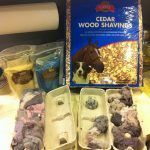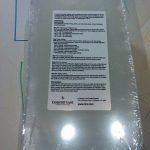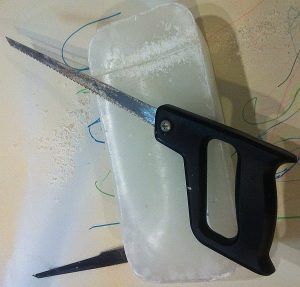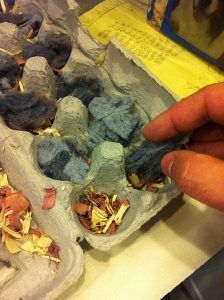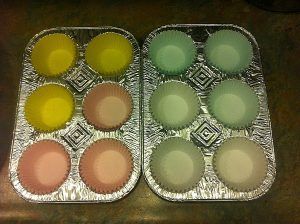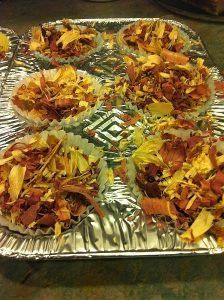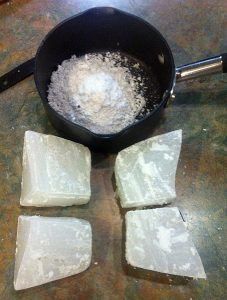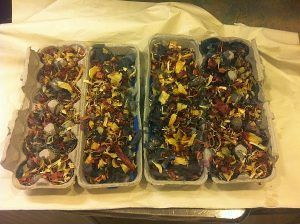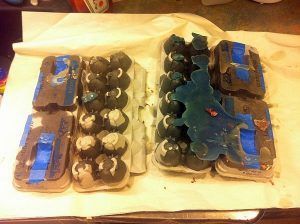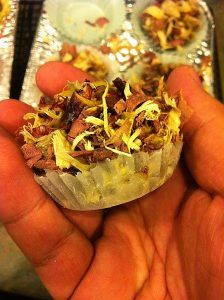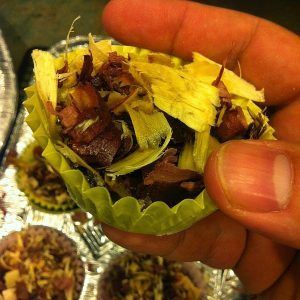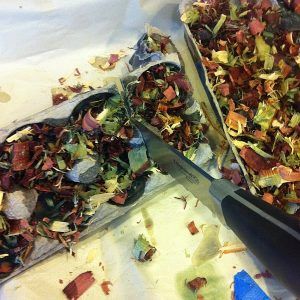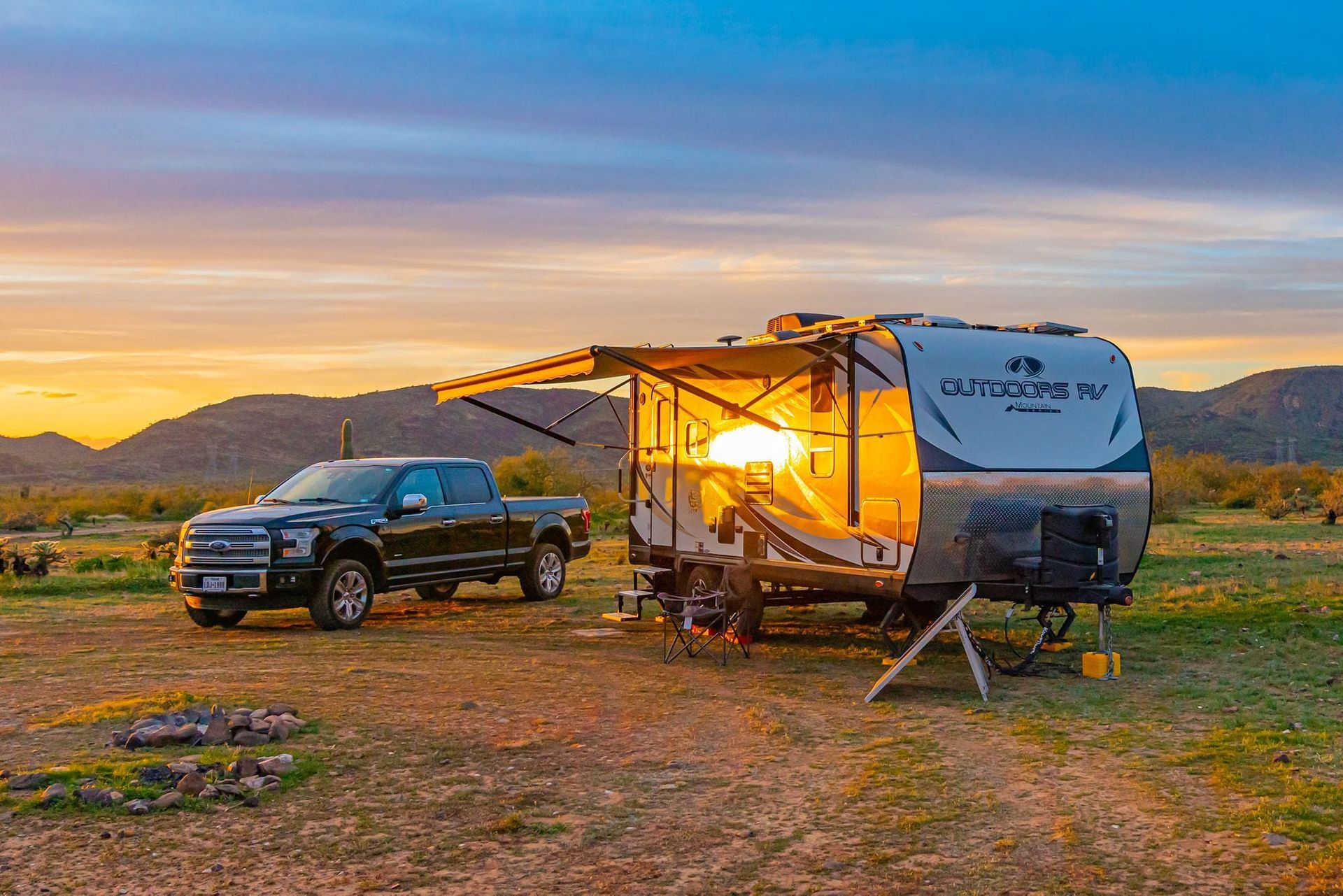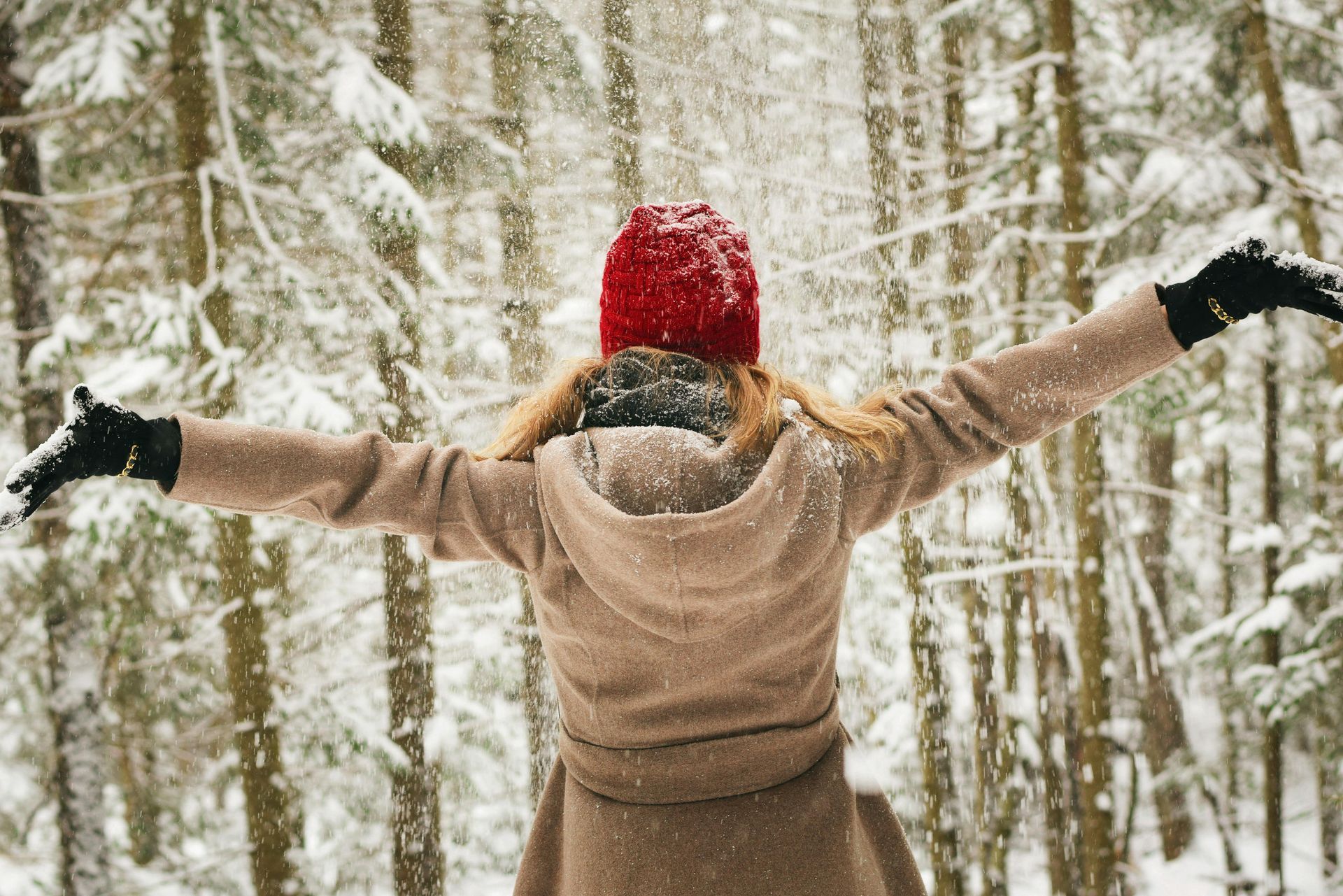How to: Make Your Own Easy Fire Starters
Doug S • April 12, 2025
Ask a dozen campers how they start their fires and you’ll get twenty different answers ranging from the purist – twigs, ruffage and a match to the YOLO crowd who splash some gasoline on the fire (yes, I’ve actually seen this happen in person). I usually kept firestarter sticks on hand and used them. One day walking through a camp store, I saw what was essentially cupcakes with bits of wood in them with some wax holding them together – the problem was, they wanted something like $2/each and I’m way too cheap for that.
I poked around online and found a few recipes for homemade firestarters. This is what I came up with…
Ingredients
- Either cardboard egg carton
- Or paper cupcake liners and cupcake pan (I used a disposable cupcake pan to save the wrath of my wife if I messed up one of her good pans)
- Cedar gerbil/pet bedding (make sure it’s cedar and not non-wood materials)
- Block of wax
(the kind for candle making as long as there is no scent)
- A note about wax, bees wax is supposed to smell better and be less toxic for cooking but it is more expensive and wasn’t available when I was shopping
- Optional: dryer lint
Tools Needed
- Small sauce pan for melting and pouring the wax
- Utensil for stirring melted wax
- Method for breaking up the wax
- If using cardboard egg cartons, knife for cutting them up
Instructions
- Bludgeon the wax into smaller workable pieces.
- Fill the egg carton/cupcake liners with cedar bedding
- Optionally also layer in bits of dryer lint (it’s an easy burn to get these going).>
- Melt the wax in the pan
- Be aware, the longer you leave the melted wax in the pan/on the stove, the hotter it gets – it sort of boiled when I poured it in the next step
- Get it melted and then work it right away
- Pour some wax over the cedar bedding
- You basically need just enough to hold the firestarter together
- You’re not making a candle- don’t get nutty with the amount of wax you use (like I did!)
- After cooling, cut into pieces
- Put it outside/in the fridge to cool
- I used my grill and just set it inside until it cooled down overnight
- A bread knife worked great for cutting, the wife wasn’t pleased about the residue left on it
Other blogs you might like...

By Kirsten McCormick
•
December 11, 2025
Picture this: Ask your teenager what gifts they received last Christmas. Now ask them about their most memorable adventure. Which question sparks more enthusiasm and detailed stories? The truth is, most physical gifts—even those met with initial excitement—often end up collecting dust, breaking, or being outgrown as interests change. But experiences? They become part of who we are, weaving themselves into the fabric of our memories and shaping our character in lasting ways.
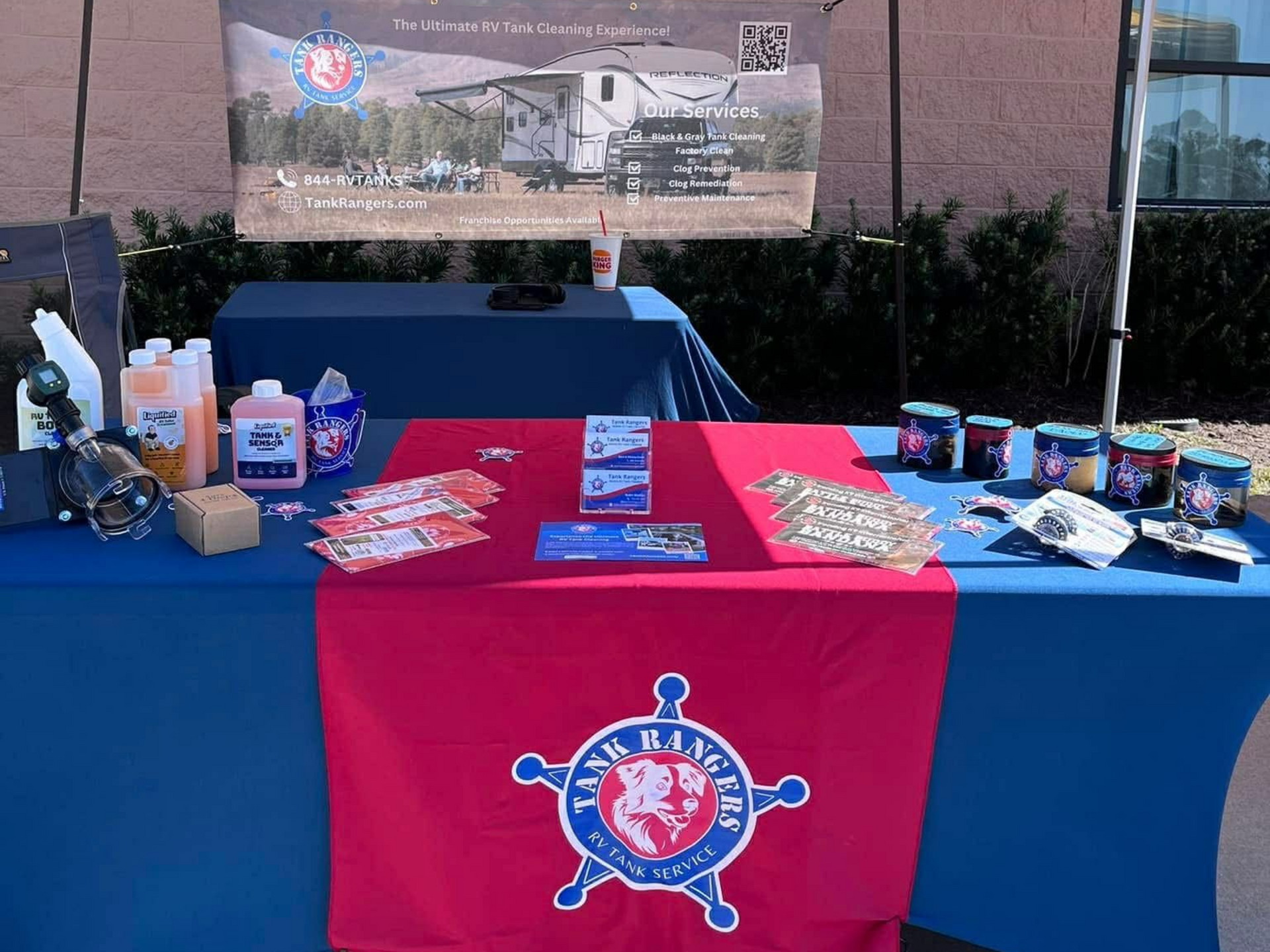
By Jennifer Aggio
•
December 4, 2025
Let's talk about the thing nobody wants to talk about—but every RVer deals with: RV tank problems . Foul odors. Clogged black tanks. Inaccurate sensors. Slow drainage. The dreaded poop pyramid. Sound familiar? Here's what most RVers don't realize: your onboard tank flush system isn't enough . Those built-in sprayers don't penetrate buildup, remove struvite stones, or scrub away mold and sludge that accumulates over time. That's where professional RV tank cleaning comes in—and that's where Tank Rangers steps up. Tank Rangers is a nationwide RV tank cleaning service with nearly three dozen locations across the country, offering professional hydro-jetting for both black tanks and gray tanks. Whether you're dealing with sensor issues, stubborn odors, or just want preventative maintenance, Tank Rangers provides mess-free, thorough cleaning that gets your tanks back to factory condition. In this guide, we're covering why professional tank cleaning matters, what happens during service, common RV tank myths, DIY maintenance tips, and how to find Tank Rangers near you. Want to hear the full story? We sat down with founder Gabe on our Community Spotlight podcast episode!
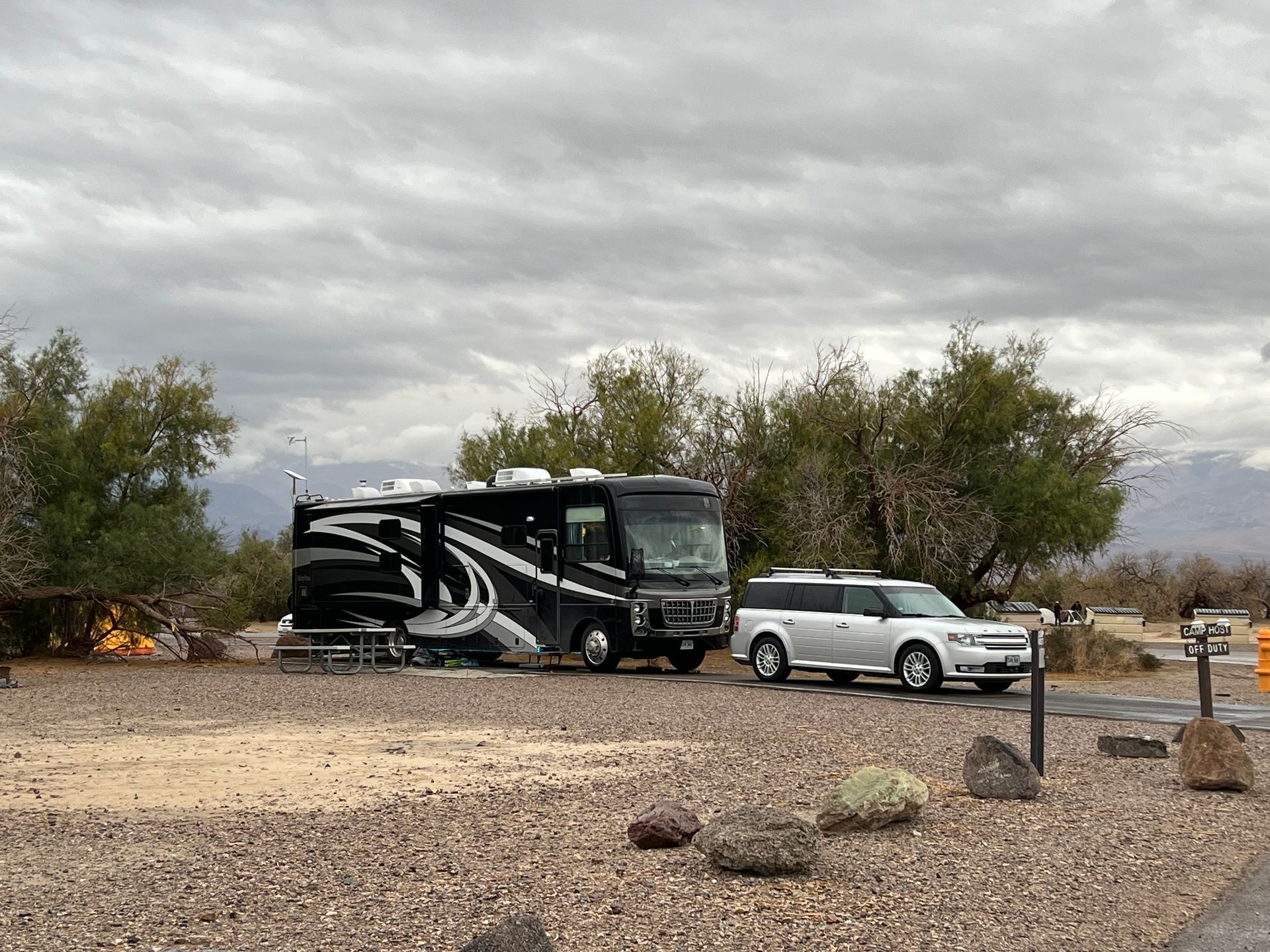
By Jennifer+ Aggio
•
November 21, 2025
Picture this: You're waking up in your RV at a beautiful national park, sipping your morning coffee with a view of the mountains. You spend a few hours greeting campers, answering questions, or doing light maintenance around the campground. The rest of your day? Exploring trails, meeting fellow RVers, and enjoying free camping with full hookups. Oh, and you're getting paid for it. That's workamping. And if you want to land one of these positions for summer, you need to start applying the fall prior. Here's the reality: the best workamping and camp hosting jobs for are being posted and filled months in advance. National parks, state parks, and popular private campgrounds hire 3-6 months in advance. This guide covers everything you need to know to find and land a workamping position: what it is, when to apply, where to find jobs, how to get hired, and what to ask before accepting. The clock is ticking. Next season’s positions are being filled right now. Let's get you on the road to your best workamping season yet.

